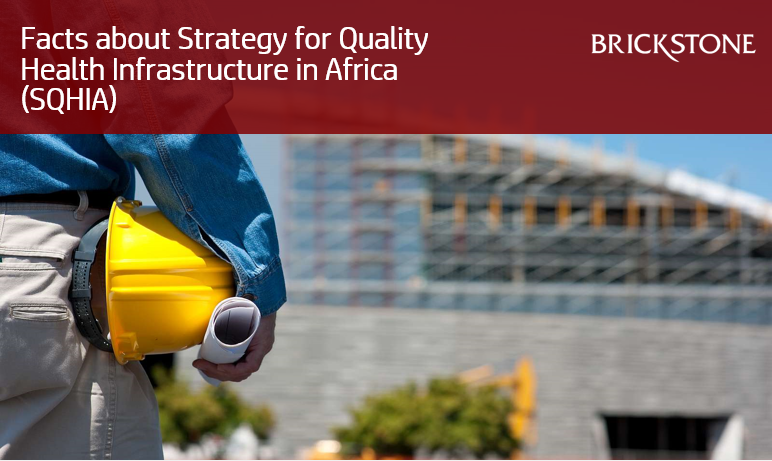Facts about Strategy for Quality Health Infrastructure in Africa 2021-2030 (SQHIA)
Strategy for Quality Health Infrastructure in Africa 2021-2030 (SQHIA)
The current state of healthcare systems in Africa is extremely appalling. According to the International Finance Corporation (IFC), health care in Sub-Saharan Africa remains the worst in the world, with few countries able to spend the $34 to $40 a year per person that the World Health Organization considers the minimum for basic health care.
The COVID-19 pandemic outbreak further exposed weaknesses in African national health systems and exponentially accentuated various healthcare deficiencies — from lack of medical supplies and care facilities, to inequalities in the delivery of quality healthcare services.
Following a request from Governors of the African Development Bank (AfDB) to define its role in addressing Africa’s health infrastructure deficits, drawing on its core expertise in infrastructure development, the Bank developed a strategy for Quality Health Infrastructure in Africa 2021-2030 (SQHIA).
This article by Brickstone reviews AfDB’s strategy for Quality Health Infrastructure in Africa 2021-2030 (SQHIA), highlighting key innovations and facts.
Facts about Strategy for Quality Health Infrastructure in Africa 2021-2030 (SQHIA)
“Only 51% of primary health facilities in sub-Saharan Africa have access to basic water and sanitation services, and Africa has only 1.3 hospital beds per 1,000 people (compared to 2.1 in Latin America and 6.1 in Europe). “
According to the AfDB, COVID-19 pandemic and other epidemics in recent years have highlighted major deficits in national health systems and related infrastructure across Africa. The severity of the pandemic outbreak and the economic crisis it has triggered have created a unique opportunity to address long standing deficits in health infrastructure and services.
Building on a long history of health support, the AfDB has responded to recent health crises by deepening its support for health infrastructure. With the development of the Strategy for Quality Health Infrastructure in Africa 2021-2030 (SQHIA), the Bank launches a tightly focused strategic plan and framework for its engagements in the development of health infrastructure.
The following are key innovations and facts about the SQHIA:
The SQHIA is built on the mission to improve access to quality health services in Africa, both as a development goal in its own right and a foundation for achieving inclusive growth and other development goals. The Bank’s commitment to promoting access to quality health services is in accordance with aspiration 1.3 of the African Union’s Agenda 2063 for a healthy and well-nourished citizenry, and the UN Sustainable Development Goal No.3 on good health and well-being.
The SQHIA is based firmly on the Bank’s comparative advantage–in particular, its role as an infrastructure financier–working alongside other development partners specialised in other aspects of health system strengthening. It defines a specific niche for the Bank in addressing infrastructure bottlenecks within national health system strengthening plans. It also sets out clear criteria for identifying strategic projects that match both the Bank’s comparative advantage and the diverse needs of RMCs.
The goal of the SQHIA is to secure increased access to quality health services for the people of Africa by 2030, in order to improve the quality of life for the people of Africa and promote the achievement of SDG3 (to ensure health lives and promote well-being for all at all ages) and the African Union’s Agenda 2063 goal on health (to ensure Africa’s citizens are healthy and well-nourished).
The objective of the SQHIA is to support RMCs to accelerate the development of quality health infrastructure and ensure that all individuals and communities receive the health services they need without financial hardship.
The SQHIA is tightly focused on four categories of health infrastructure that will help to deliver the overall objective of this strategy and match the Bank’s comparative advantage,while providing the flexibility to respond to the diverse needs of RMCs across the three archetypes. These pillars include, primary health care infrastructure, secondary and tertiary healthcare facilities, diagnostic infrastructure and connectivity for innovative health solutions.
The implementation of the strategy plan is articulated around the achievement of targeted output, outcomes and results indicators as defined by the Result Management Framework (RMF). The Bank must also ensure that the health infrastructure operations are guided by these principles: comparative advantage, ownership, flexibility and customization, partnerships and inclusivity.
Read more here.





